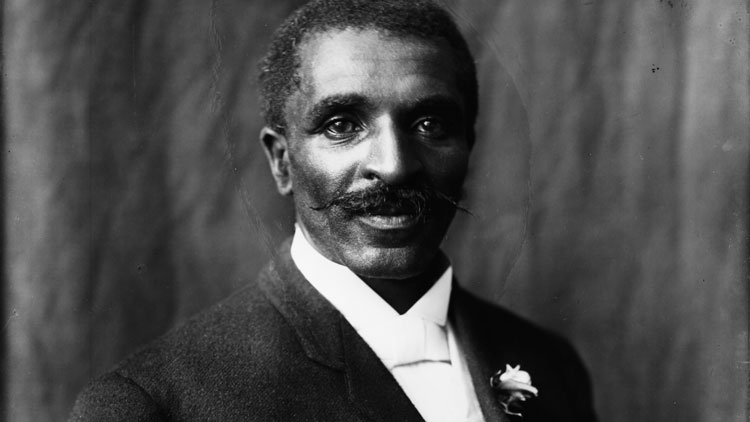
Did you know that Black History Month started in 1926 as a one-week event to bring attention to the contributions of African Americans? The event became so popular that by 1976, President Gerald Ford made Black History Month a national event. During this month, people across the United States celebrate some of the amazing accomplishments of African-American scientists.
One such scientist is Dr. George Washington Carver. Around 1914, Carver realized that growing cotton every year in the same field ruined the soil. He experimented with different ways of farming. He encouraged farmers to plant peanuts or sweet potatoes one year and cotton the next year. This provided the farmers with a source of food. He found that if farmers planted different plants every other year, the soil grew much healthier and produced more crops. Today, this way of farming is called crop rotation and is used all over the world!

Mathematician and engineer Mary Jackson contributed to the success of early space explorations. After graduating from college, she worked as a math teacher. In 1951, she was asked to work at the National Aeronautics and Space Administration (NASA). She started working in the computing department but then transferred to work in the engineering department.
In order to become an engineer, Jackson had to take graduate-level math and physics classes. However, the classes were only offered in an all-white school. She received special permission to attend the classes anyway, and in 1958, she became NASA’s first African-American female engineer! After over 20 years of working as an engineer, she changed roles and became a program manager. In this new role, she managed the hiring and promotion of NASA’s female mathematicians and scientists. In 2016, the movie “Hidden Figures” helped make Jackson and two other African-American female mathematicians famous.
What Do You Think? Why is it important to learn about the contributions of different scientists?
Photo Credit: (t)Library of Congress Prints and Photographs Division [LC-J601-302], (b)NASA Langley Research Center



